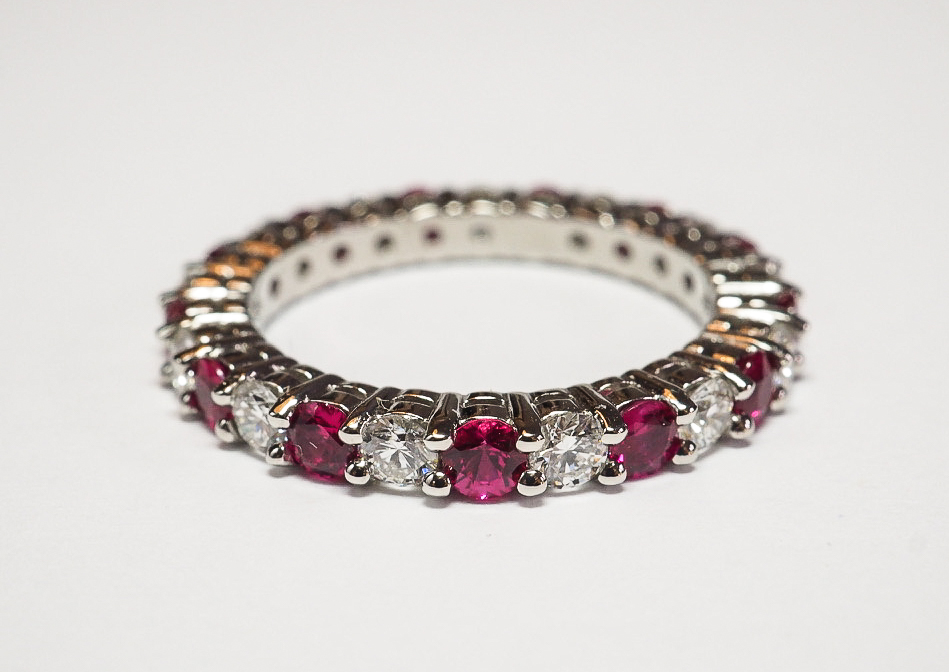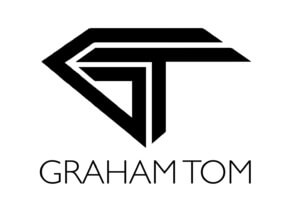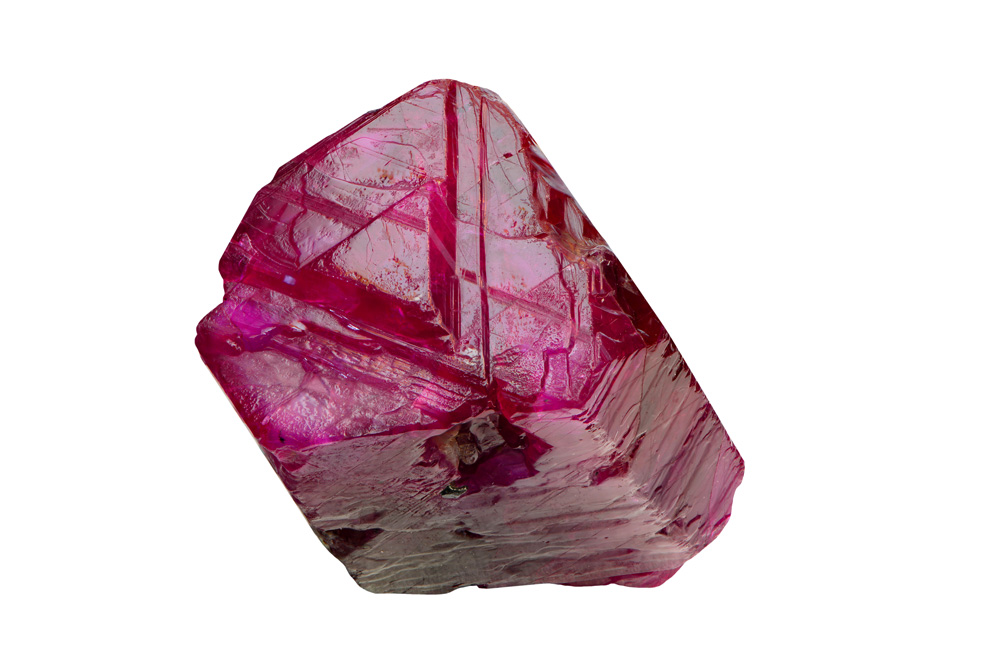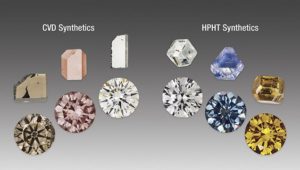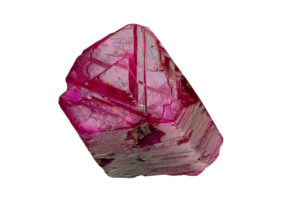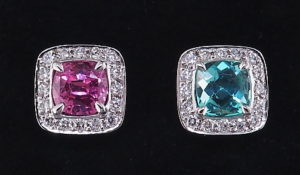RUBIES
Ruby, a variety of Corundum displays varying colours depending on source of locality. The colour can occur as bright red, purplish red, brownish red and deep pinkish red colours.
Ruby is an aluminium oxide and belongs to the trigonal crystal system, it has a refractive index of 1.76 to 1.78 and is doubly refractive with a specific gravity between 3.80 to 4.05.Ruby has a hardness of 9 on the Moh Scale and Toughness is Excellent.
It is the birthstone for July and lore dictates that red stones showing good hardness were often called “Ruby.”
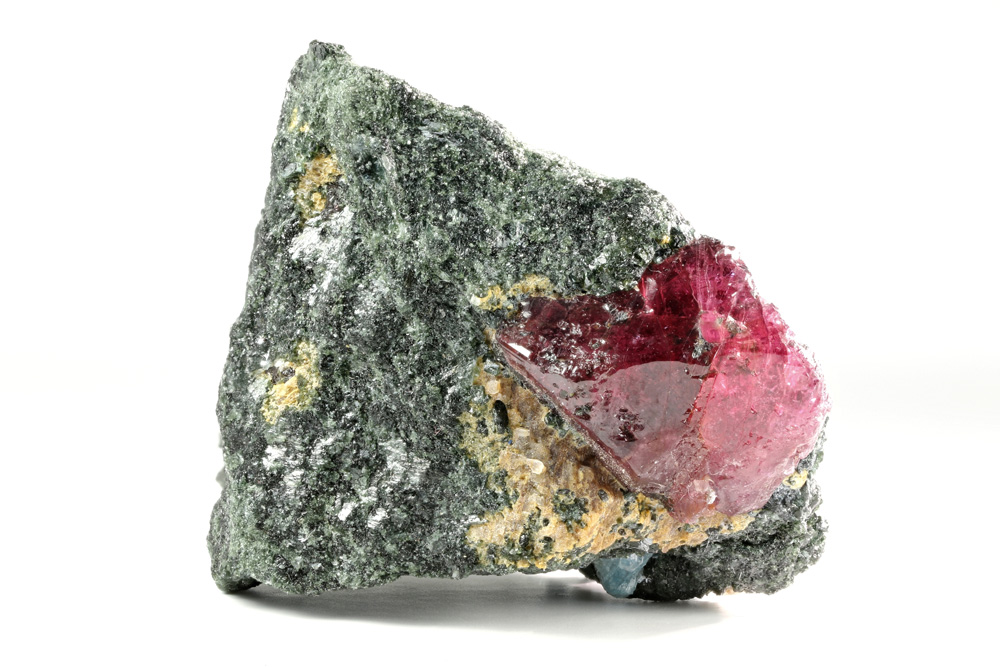
Ruby in bedrock, Winza, Tanzania
Localities and Inclusions
Myanmar – Mogok district, contains fine rutile inclusions termed silk. Ruby plays host to other minerals including corundum, spinel, garnet, graphite and yellow sphene. Inclusions are well formed, with rounded crystals and colour in swirls prevalent with intersecting twinning planes apparent. Mong Hsu rubies show blue cores and whitish clouds and are of lower quality.
Mong Hsu – Mong Hsu ruby are of a lower quality than rubies in the Mogok district.
Mogok ruby is often referred to as “Pigeon Blood” ruby, this is a misused term according to the colour of ruby. Unless a bona fide report from a recognised laboratory such as Gubelin & SSCF states the following:
Coloured of strong saturation/Natural corundum/No indication of heating/Origin Burma (Myanmar)/The colour of this ruby may be labelled Pigeon Blood Red/Based on Reference Standards.
Thailand – Fine rubies are also found in Thailand and tend to have a darker red tone leaning to burgundy. Thailand has cutting factories based around Chanthaburi. Inclusions include irregular shaped fluid inclusions with dark crystal centres. Intersecting planes are visible. Fluorescence is weak due to iron content.
Vietnam – In 1992 a ruby mine was discovered and are synonymous with rubies from Myanmar. Vietnamese ruby sometimes are indistinguishable from Burmese ruby.
Sri Lanka – Ruby from Sri Lanka is often pink to violetish in hue, some can resemble red hues
from Myanmar. Inclusions contain long coarse rutile needles, mica and pyrite, metaminct zircon grains with tension haloes and hexagonal zoning.
Tanzania – Ruby from Tanzania surprised the world in the 1960’s with strong colour but too many inclusions and tiny flaws. The rubies would be cut into a cabochons a but facetable material of good quality available in Umba valley.
Mozambique – Recently has become the most productive reserve due to deposit in Montepuez, yielding high quality ruby. Mozambique is synonymous with glass filled ruby.
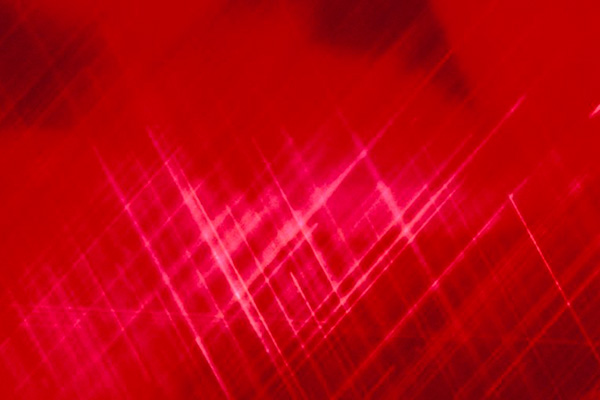

Heat Treatment of Ruby
The method of heat treatment has been used for centuries to improve clarity and colour of ruby. Ruby is placed in crucible and heated to 1800 degrees. The atmosphere around ruby can be altered but intention will dissolve rutile inclusions, there be lack of banded colour and an induced fingerprint
Synthesis of Ruby
Verneuil’s flame fusion and Czochralski’s crystal pulling are most common melt technique while flux growth and hydrothermal growth are most popular versions of solution processes.
Client Commission Ruby & Diamond Eternity Ring
